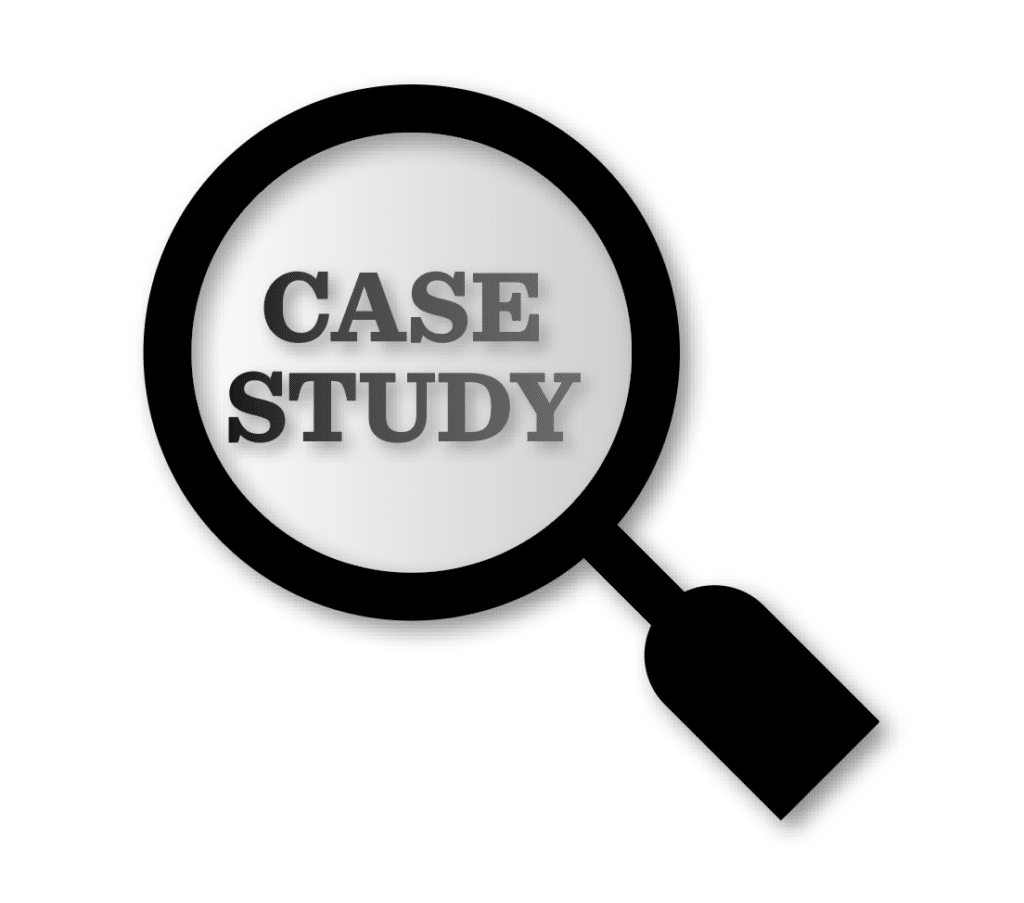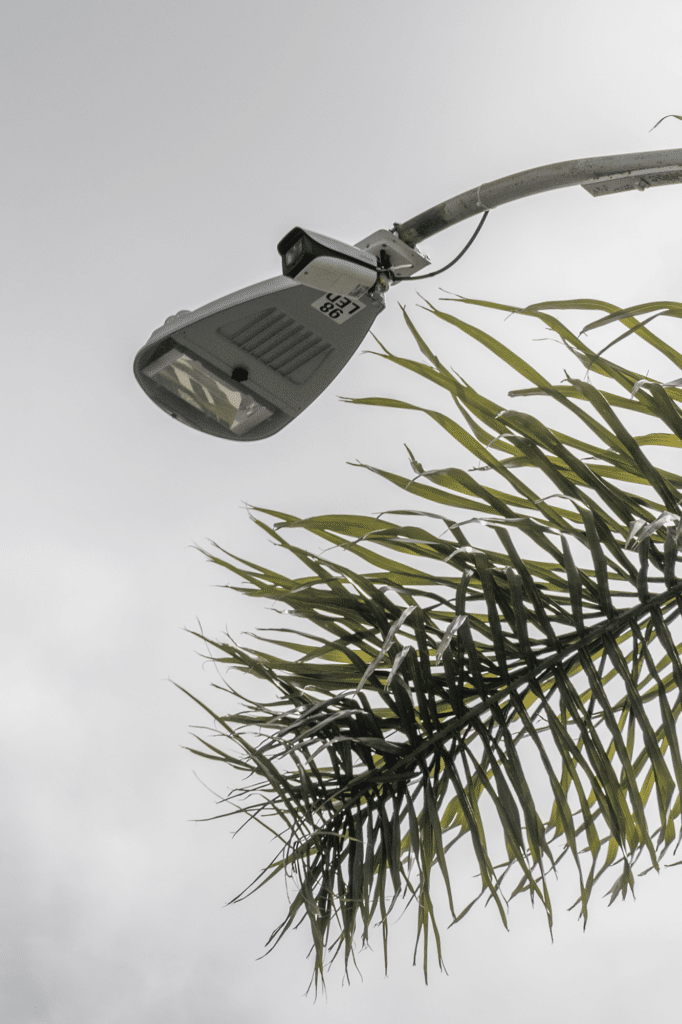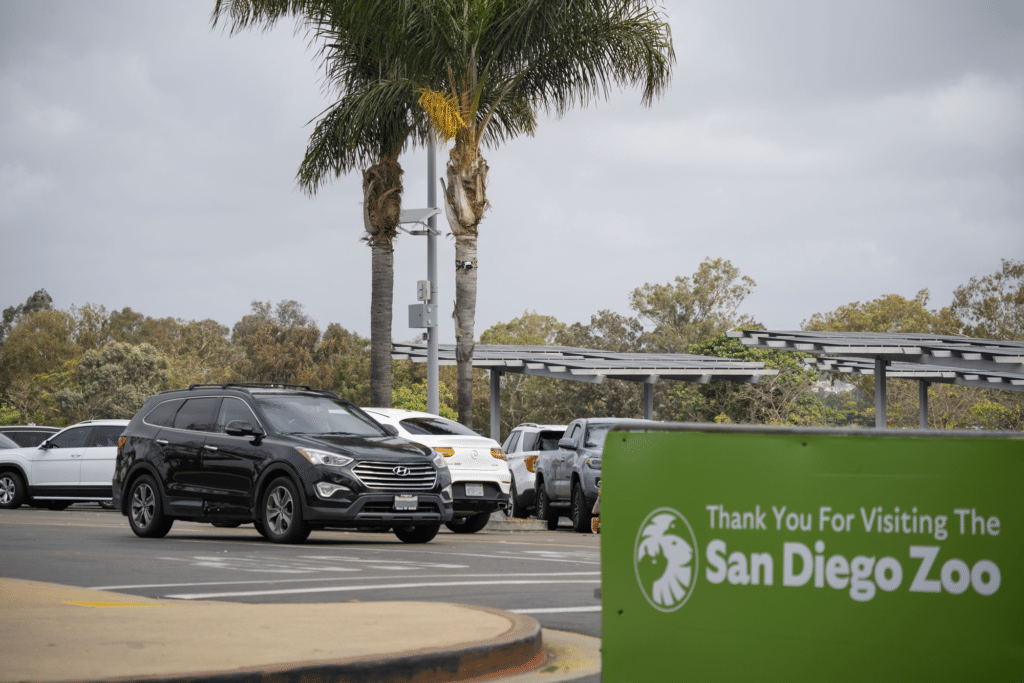New ways of undertaking parking technology studies make a big difference in what participants learn. The San Diego Zoo proves it.

Parking utilization studies have been an essential element of urban and facility planning for decades. By measuring parking use for areas of a city, a campus, or private parking owners, parking studies give owners the data they need to make informed decisions about whether new parking assets need to be developed, how to optimize existing parking resources, and whether shared parking opportunities exist. A comprehensive study will tell owners not just how many vehicles are using their parking, but which days are busiest and when peak demand occurs on those days. This is vital information for managing parking assets.
Traditionally, parking studies have been conducted by hand, either by a parking consultant or local volunteers. The individuals doing the study follow a route to measure occupancy and total space utilization. Typically, data collection is conducted on various days and various times of day to offer a snapshot of how parking assets are utilized and when peak parking demand occurs. Study participants also measure, as best they can, how long cars tend to stay in particular spaces and how often spaces turn over, thus providing an idea of how those spaces are used.
While hand counts have long been the norm, pneumatic lines and loops can be useful tools for supporting hand counts. The lines and loops are located strategically on city or campus streets, as well as exits and entrances to parking facilities, and as vehicles drive over them the equipment records the activity.
These traditional parking study approaches are incredibly valuable to owners, but they are also very resource intensive. Hand counts can require many hours on the part of consultants and volunteers, and they are only as accurate as the people doing the counting.
Fortunately, technology can streamline the process, making it more accurate and cost-effective.
Smart Cameras, Better Data
Automated counts are a vast improvement over hand counts because they aren’t limited by the availability of people to conduct the counts, and there’s no risk of human error in the process. Automated car counts utilize Intelligent Cameras located in strategic locations. The cameras, which are traditionally used in parking guidance, count how many cars enter and leave a parking zone or parking facility. That data is transmitted in real time to cloud servers, where it is immediately compiled and analyzed.

The data can be compiled in any manner required by a parking consultant, municipal or campus parking administrators, or parking owners and operators. All that’s required is to log into the cloud application and set parameters. The application then immediately provides the requested data. With just a few key strokes, it’s possible to find out how many vehicles entered and left a parking zone or facility, how long they stayed, even what part of a parking facility they used.
Parking consultants, administrators, or owners can get data for any range of dates, time periods on a given day or across days, or for individual areas within a parking zone or facility. Because the data is transmitted to the cloud every 15 seconds, there’s no need to send staff to collect SIM cards at the end of the day, as you do with pneumatic lines and loops. When consultants, administrators, or owners set up the cameras, they can just leave the equipment alone to do its job.
As an added benefit, the cameras can be used to provide additional security as video surveillance tools. Since the cameras are always recording, if there is an accident or crime within the parking lot, investigators can turn to the video footage to see what happened. If desired, owners and operators could even establish a “hot list” to track license plates that are barred from a particular parking facility.
Intelligent Cameras are typically leased for the purpose of conducting car counts over a finite period of time. However, some cities, organizations, and private owners may prefer to purchase cameras so they can continuously monitor parking utilization in the parking facilities. This way, they can access parking data whenever they need it, at a moment’s notice. The cameras are relatively inexpensive and for organizations and owners who need constantly updated data, the investment may make sense.
San Diego Zoo
One of the first studies utilizing Intelligent Cameras is underway right now at the world-renowned San Diego Zoo. The zoo, which is located in Balboa Park in San Diego and houses more than 12,000 animals of more than 650 species and subspecies on 100 acres, is the most visited zoo in the United States, hosting about 4 million people every year.
The study, which is being conducted by ACE Parking, is utilizing three systems. A camera is located at the north entrance, one at the south, and the third is located at a short-term drop-off curb to monitor pick-up and drop-off activity. The project, which began in July and will continue through September, is designed to determine peak parking times and traffic volumes at the park’s entrances and exits.
The immediate purpose of the study is to help develop strategies for reapportioning parking spaces to allow the zoo to resurface and stripe the 3,011-space main parking lot to improve parking flow and operations. The results will also provide a snapshot of parking trends to allow the consultants and zoo administrators to develop short- and long-term parking plans. They will also be able to use the data to create financial models to help the zoo better manage the financial side of their parking.
“The system is able to analyze real-time, daily and hourly traffic in and out of the park as well as parking lot occupancy,” says Chris Scheppmann, EnSight Technologies’ managing member; his company is providing the cameras. “Even though the study isn’t complete, we are already getting a picture of the parking and drop-off trends that the park sees every day, and throughout the weeks and months.”
Traffic ingress and egress times at each entry and exit is a particularly important trend. Through the study, participants are able to determine what days and times parkers are utilizing the different ways into and out of the surface lot. Ultimately, this data will help the partners better manage the zoo’s parking resources and it will help the zoo improve traffic flow in and out of parking areas to improve local traffic patterns.
“We are already starting to see some surprising results,” says Scheppmann. “Part of the study is intended to improve the zoo’s parking branding in the busiest parking areas. The assumption going into the study was that the south entrance was, by far, the busiest entrance. However, we are finding that the north entrance is almost just as busy and not as well branded. That data will help [study participants] realign the signage leading to both entrances.”
A Step Forward
The use of Intelligent Camera technology represents an important step forward for parking studies and car counts. The technology provides much more precise and targeted data, eliminates the risk of human error, and should reduce the cost of parking studies, since it doesn’t require significant staff time to conduct counts. And as the San Diego Zoo’s ongoing project demonstrates, it can be used for studies of all sizes, including large ones where many vehicles are being counted.




